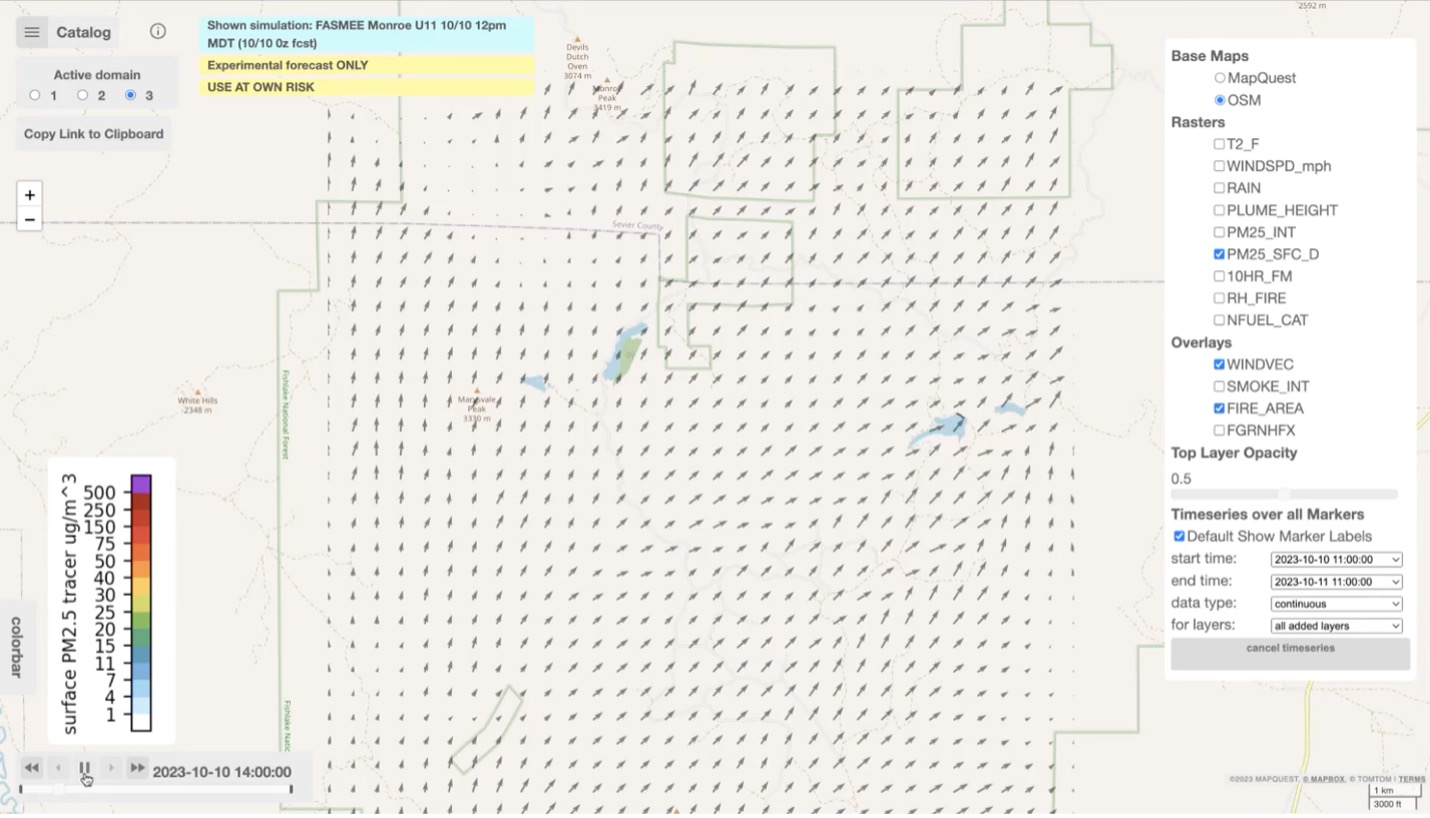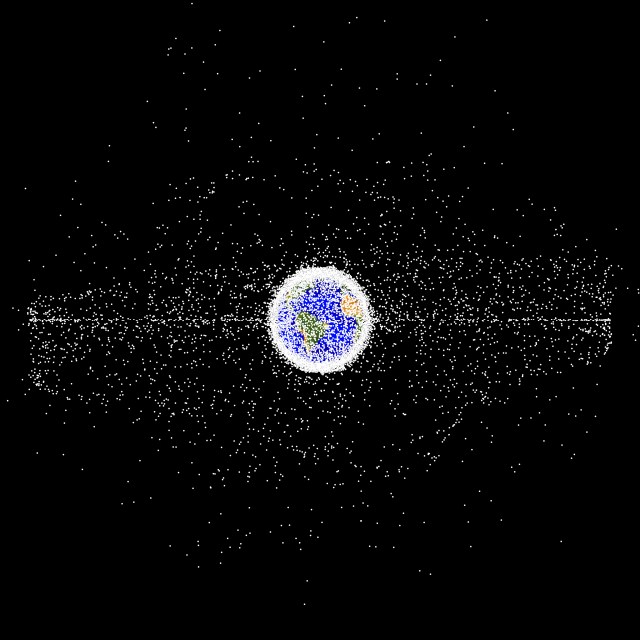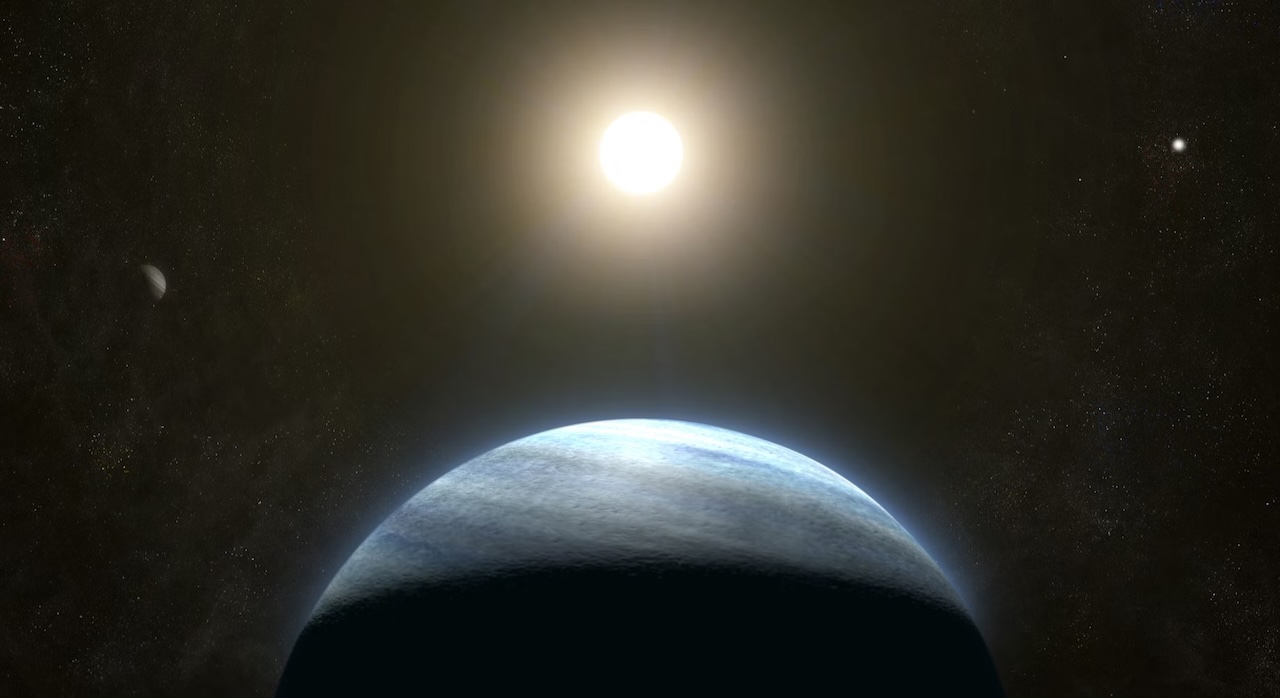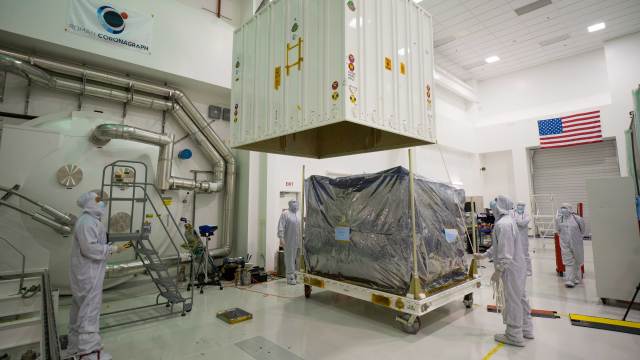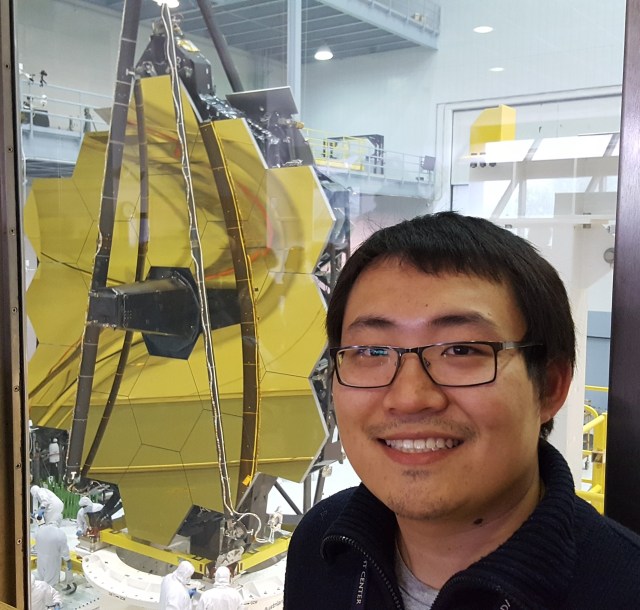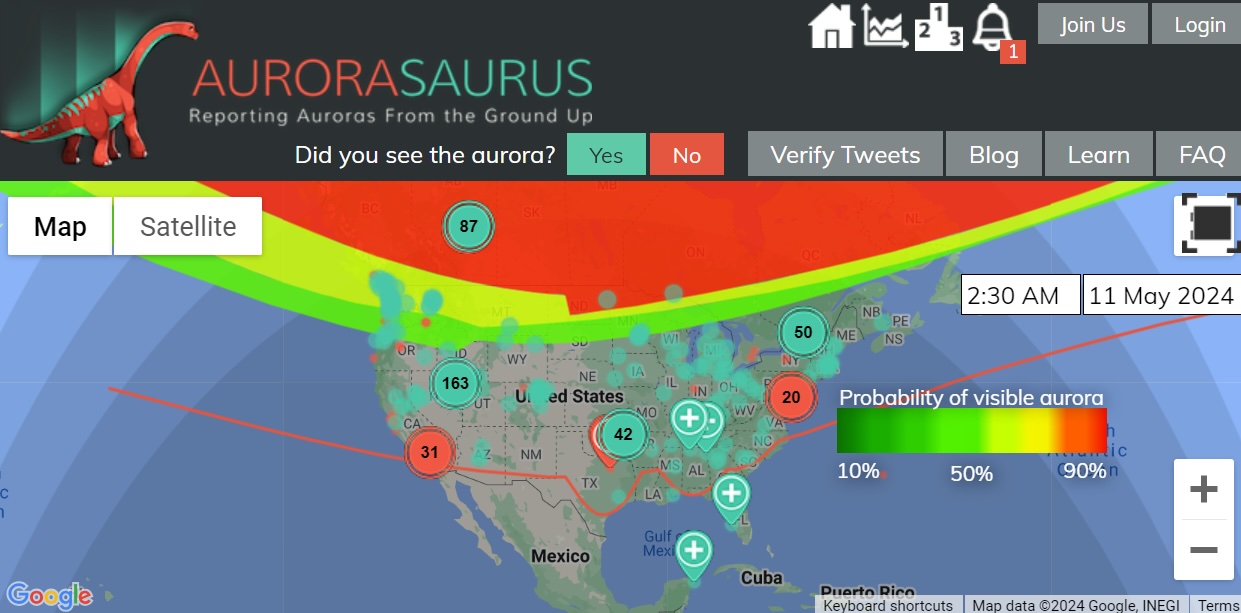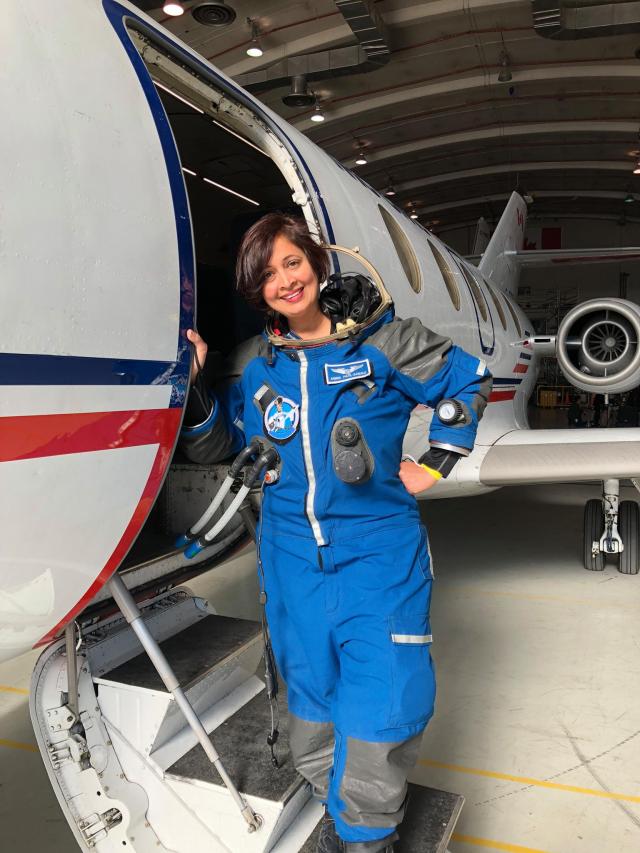Charbel Farhat
Stanford University
The enablement of future exploration missions featuring sophisticated robots and the safe landing of heavier spacecraft on Mars calls for advancing the current technology for decelerating a spacecraft from the high speed of atmospheric entry to the final stages of landing on Mars. The refinement of this technology – which is based on inflatable drag devices such as parachute systems – and its expansion for future use at Mars require assistance from predictive simulations grounded in a high-fidelity, multi-disciplinary, multi-scale computational model for parachute inflation dynamics (PID) and drag prediction. To this end, the main objective of this research effort is five-fold: 1) to further advance the state of the art of multiscale modelling of woven fabrics; 2) to accelerate the time-to-solution of a PID problem using a state-of-the-art Eulerian computational technology for the simulation of highly nonlinear fluid-structure interaction (FSI); 3) to demonstrate the ability of this technology to perform predictive FSI simulations of descent for subsonic parachute clusters, including re-contact and pendulum motion; 4) to demonstrate its ability to simulate PID from an initial condition where the parachute geometry is at bag strip; and 5) to validate its capabilities at the system level and in different flow regimes. These objectives will be achieved by developing: an innovative, three-level, macro-meso-micro model for capturing the nonlinear dynamics of woven fabrics with a higher level of fidelity; a state-of-the-art anisotropic adaptive mesh refinement methodology to reduce the time-to-solution; and a disruptive computational approach for eliminating the ubiquitous restriction of the time-step size to advancing the fluid/structure interface no more than one computational fluid cell. The outcome of this research effort is expected to significantly contribute to accelerating the development of ground breaking space technologies; to support future space exploration; and to support NASA’s interest in aeronautics, where the predictive simulation of highly nonlinear aeroelastic phenomena remains essential to many of its programs.


